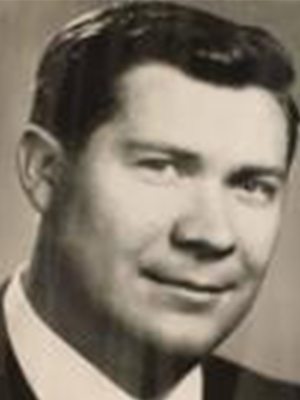
Robert G. Chilton began his career in the United State Army Air Force as a B-17 pilot where he flew bombing missions over Germany through the end of World War II, earning four Air Medals for his service. In 1945, he enrolled at the Massachusetts Institute of Technology where he earned a bachelor’s and master’s in aeronautical engineering. Working for the National Advisory Committee for Aeronautics at Langley Field on multiple tasks relating to flight research, he embarked on a career path toward playing a vital role in the formation of the National Aeronautics and Space Administration (NASA) in 1958. Chilton filled key positions in NASA’s Project Mercury, the U.S.’s first human spaceflight program, and in the Apollo program that culminated in six lunar landing between Apollo 11 in July 1969 and Apollo 17 in December 1972. With the Apollo program off and running, and with Mission Control established at the Manned Spacecraft Center in Houston, Texas, Chilton advanced to assistant chief of the Spacecraft Technology Division (1962-65); deputy chief of the Guidance and Control Division (1965-70); and to chief of the Guidance and Control Division (1970-73). Finally, with the space shuttle program getting underway at the end of the Apollo program, he concluded his 20 years at NASA as chief of the Control Systems Development Division (1973-78). He then retired from NASA in 1978 to sign on with the College of Engineering faculty of Texas A&M University, as visiting professor of aerospace engineering from 1978-88. Retiring from the classroom in 1988, Chilton stayed on to advise aerospace students through the fall of 1993.